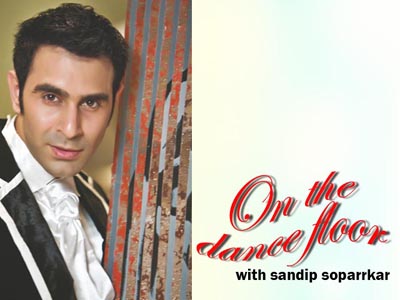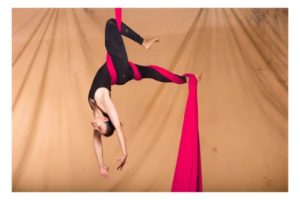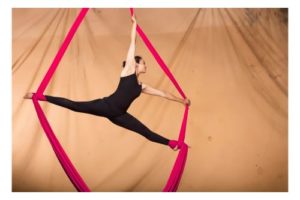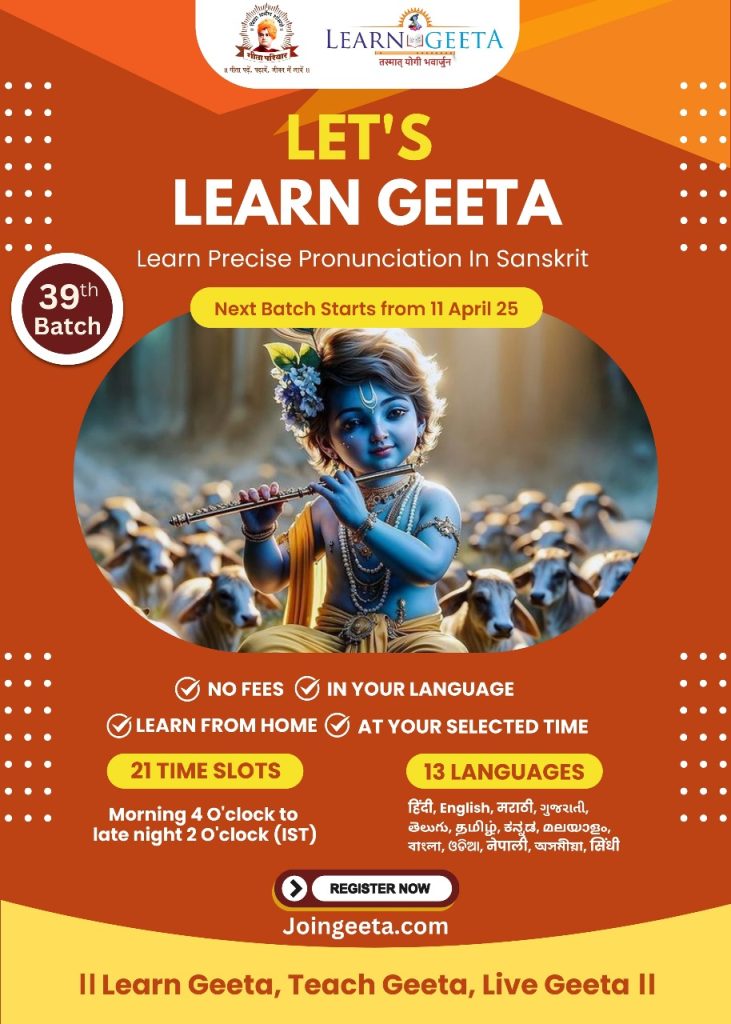Feeling silky with Aerial Silk

Recently, I was invited to judge an Aerial Silk Championship. At first, I was a bit hesitant to give my nod because I was not sure what a Latin and Ballroom dancer like me would do as a jury for this competition. But on insistence of my dear friend and actress Smilie Suri, I agreed for the same. I am glad and thankful to Smilie for persuading me go say a yes for the same because it was an evening that has left some wonderful memories in my heart.
Aerial Silk, also known as aerial contortion, aerial ribbons, aerial silks, aerial tissue, fabric, ribbon or tissue, is one of the newest yet most awe-inspiring and versatile art form. It gives a completely different adrenaline rush as you are performing all the moments in the air and against gravity. The variety of moves, drops, wraps, twists and turns are practically endless and create an ever-intriguing challenge. Earlier, this art form was only used as a performance act but today, it has gained popularity as a dance and fitness workout. It is performed without a harness and one needs to rely on his/ her own strength and skill. It helps develop strength, flexibility, stamina, neuro-muscular coordination and a variety of motor skills and of course, adds style and grace to one’s personality like any form of dance would do.

She has been teaching “Rope Mallakhamb” for over 15 years and “Aerial Silk” for four years at Shri Samarth Vyayam Mandir, Dadar. Aditi has trained aerial enthusiasts from Germany, UK, USA and Mauritius. She does have a few international performances under her belt in addition to being the winner of 20 gold, 15 silver and 10 bronze medals in district, state and national level championships with the most prestigious state level award, Shri Shivaji Chhatrapati Award in her cabinet, all at 21 years. She has also trained Bollywood diva, the sensational Sushmita Sen, Smilie Suri and many more. I had a chat with Aditi…
You have trained in “Rope” and Mallkhamb. What made you take up Silk?
Since childhood, I had the goal of achieving the Shivaji Chhatrapti Award, the highest state level award given by the Maharashtra government. Since then began my journey to achieve it. I played almost 10 district, state and national championships and achieved numerous gold, silver and bronze medals. Mallakhamb further helped me to be the best in all the other sports — running, high jump, long jump. I always came first. Mallakhamb gave me lovely experiences to travel the world and teach students abroad. However, after reaching my goal of receiving the award, I needed more to motivate and energise me. Nothing was challenging or exciting me. I even tried my hand at working in a bank but was not satisfied as I am not suited to a desk job of 9-5. Then, due to family reasons, I got an opportunity to visit USA for three months. As I had free time, I chanced upon finding classes for Aerial Silk. That got me excited. I enrolled and trained for three months and found my new passion which is similar to what I always did. But it still was challenging and added a new level of competency to achieve. There was been no looking back since then. As Mallakhamb is already so popular in India, this gave me an opportunity to bring something which is more popular in the Western world and share it with our country. Now this has become my passion and goal.
Rope and Silk being similar, which one is more difficult and challenging?
It is similar with respect to the skill set required but very different in terms of the sport. Having been a competitor in Mallakhamb, we perform 20 elements in 90 seconds and hold positions for a few seconds. Speed is of key importance. Second, the direction of the hands are be held in two positions — only vertical and horizontal. Hence, when I begin to train in Silk, I had to relearn everything. The performance time became from 90 seconds min to five-six minutes. We had to hold all movements and poses for longer durations. It involved more grace and poise. In Mallakhamb, the rope grip is thin and both hands and toes are used equally. However on Silk , the grip is thick and one requires more upper body strength. Despite of having strength, flexibility, aerial understanding and balance, I struggled on endurance. Rope is a single uniform line from top to bottom but Silk has two parts so it is a lot of coordination and control and not losing yourself in the mess of tangles of fabric.
Personally, Rope Mallakhamb is my first love. And having experience in Rope, I can say Silk will be easy to learn with respect to pain and bruises as Rope hurts and one has to overcome pain and fear to learn Rope but Silk is not that painful. With Silk, you have to mostly overcome the fear of height. As an experienced teacher, I would recommend Silk as being more fun and easy for my students.

It is sad that we have lesser number of boys but abroad, a lot of boys take up this art form as Aerial Silk requires lot of strength and there are lot of duet acts. But in India, I always got a response from boys that “we don’t know split, how will we do Silk?” It is a myth that only flexible people can do Silk and I want to change that thinking. If someone is not flexible then Silk is the solution as it helps you to increase flexibility as well as strength.
What are your plans to take Silk ahead in India?
My 10-year plan for Silk in India is to share my skills and experiences as an aerialist and educate students in as many schools and studios. Through our annual shows, workshops across India, performances, aerial competitions, I plan to spread the awareness of this form as widely as possible and give it a face in India as well as it is recognised internationally.
With reality shows showcasing Silk a few times, what do you think is its future in India?
Reality shows are a great platform to showcase Aerial Silk. It gives access to a wide audience. However, it comes with its drawback. People don’t learn the discipline in the correct way. Having learn it in haphazard ways can cause accidents and injuries which is not how I would like to go about things and hence am not very keen on reality shows. I want to take it forward as a medium of a curriculum like gymnastics and give it a strong foundation in schools so in this way it becomes a wider discipline and is schooled in the right way. Aerial Silk is one fabulous art form with loads of benefits. I would want each and every school to fit this in their curriculum as it does not only have physical benefits but it also has mental benefits, so kids as well as adults should start learning this form. This art form can be applied in drama, in dance act or if performance does not interest you, then this can also be used as a fitness form. Hence, I request every individual to give it a try. And I promise you that once one tries, it will also boost their self confidence, as you will probably be learning and doing things which you thought you never could. It is a great feeling. It further helps sharpen your mental abilities, as you have to be very attentive and focused while performing this skill. So, go Silk…..
Sandip Soparrkar is a well known Ballroom dancer and a Bollywood choreographer who has been honoured with two National Achievement Award and one National Excellence Award by the Govt of India. He can be contacted on sandipsoparrkar06@gmail.com


